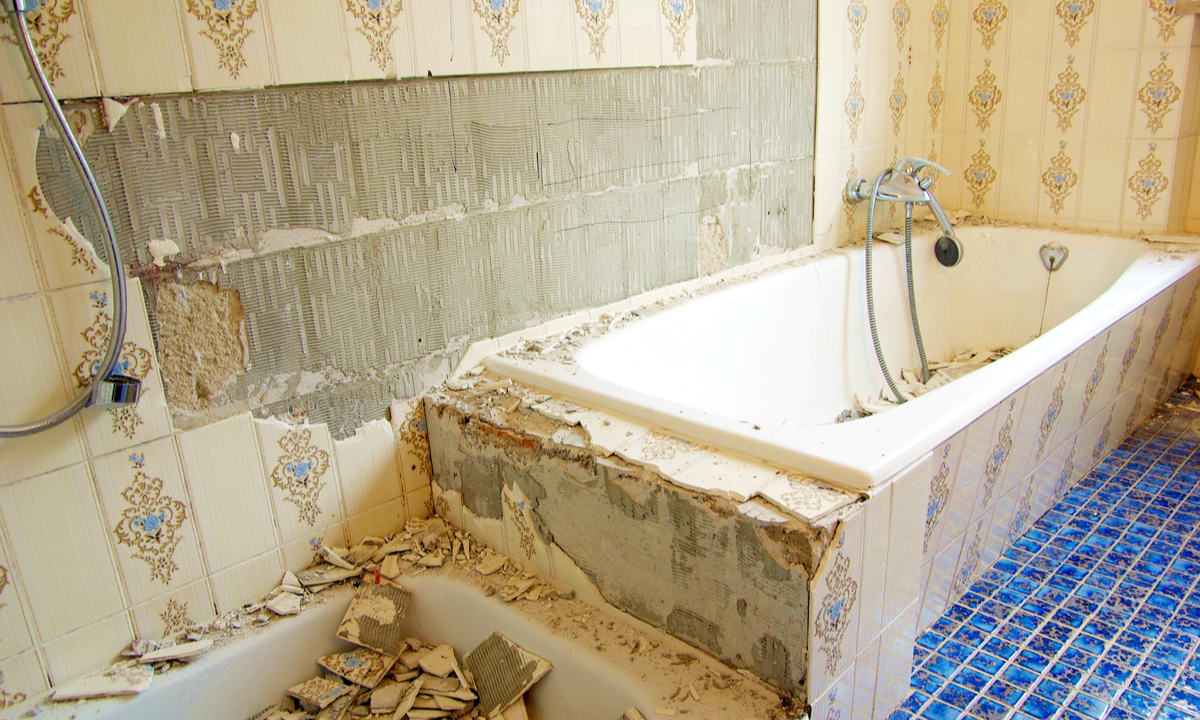Renovation budget guide: prioritizing structural and finish work
A bathroom renovation requires clear budgeting to separate structural priorities from finish-level choices. Start by identifying plumbing, drainage, ventilation, and waterproofing needs that protect the building envelope and prevent costly rework. Once structural systems are secured, plan finishes — tile, grout, shower hardware, vanity, fixtures, lighting, and storage — with sustainability and maintenance in mind to control long-term costs and performance.

How should tile and grout be prioritized?
Tile and grout are finish items that influence durability and maintenance costs. When budgeting, treat tile selection both as an aesthetic choice and a performance decision: porcelain tiles are denser and often more water-resistant than some ceramics, which can reduce maintenance and replacement frequency. Grout type and sealing affect stain resistance and mildew buildup; epoxy grout usually costs more but offers better long-term performance in wet zones. Factor in substrate preparation and waterproofing under tiles; poor preparation can turn a cosmetic expense into a structural repair.
What are the key shower and drainage priorities?
The shower is a high-risk area for leaks, so prioritize proper slope, drain placement, and waterproofing before selecting decorative finishes. A linear or center drain must align with the subfloor and plumbing rough-in, and incorrect drainage can cause standing water and mold. Consider prefabricated shower pans versus tiled curbless designs: tiled curbless showers can improve accessibility but need meticulous waterproofing and slope work. Ensure ventilation and maintenance plans are in place to manage humidity around the shower area.
How do vanity and fixture choices affect budget?
Vanity size and configuration influence plumbing moves and storage. Reusing existing plumbing locations for sinks and fixtures reduces labor costs; moving drains or supply lines increases structural expenses. Fixtures (faucets, showerheads, valves) vary widely in price and performance — some brands offer water-saving features that support sustainability and lower utility use. Consider integrated storage solutions to reduce additional cabinetry costs and choose finishes that are durable and easy to maintain to avoid frequent replacements.
When should plumbing, drainage, and ventilation be treated as structural work?
If your project involves rerouting supply or drain lines, changing fixture locations, or altering ventilation paths, treat these as structural or mechanical priorities. Plumbing access, proper venting, and adequate drainage slope are essential to code compliance and long-term performance. Ventilation sizing is also vital: undersized fans fail to control moisture, increasing the risk of mold and damage to finishes. Accessibility changes — such as barrier-free showers or higher fixtures — may require more extensive plumbing and framing work and should be budgeted separately from finishes.
How do waterproofing, lighting, storage, accessibility, sustainability, and maintenance influence finish choices?
Waterproofing under tiles and around wet areas is a technical priority that supports long-term finish performance. Lighting choices affect both ambiance and functionality; budget for layered lighting (task, ambient, and accent) and for fixtures rated for damp zones. Storage solutions integrated into the layout can reduce the need for freestanding furniture while improving usability. Sustainability options — low-flow fixtures, durable materials, reclaimed cabinetry — often have higher upfront costs but can lower operating expenses and maintenance over time.
Real-world cost and pricing insights help ground budgeting decisions. Labor, regional rates, the complexity of plumbing or structural changes, and finish quality all drive cost variability. For planning, separate your estimate into structural/mechanical work (plumbing reroutes, drainage, ventilation, waterproofing) and finish work (tile, grout, shower fixtures, vanity, lighting, storage). Allow contingency for unexpected issues discovered when walls or floors are opened.
| Product/Service | Provider | Cost Estimation |
|---|---|---|
| Vanity (cabinet + top) | Home Depot (various brands) | $300–$1,800 installed |
| Shower kit/tub-to-shower conversion | Kohler / Local installers | $400–$4,000 (product only $400–$2,000) |
| Fixtures (faucet, shower valve, hardware) | Moen / Delta | $100–$1,000 per fixture depending on finish and tech |
| Waterproofing membrane (e.g., Schluter Kerdi) | Schluter / Retailers | $50–$400 for materials depending on area |
| Installation labor (plumbing, tiling, electrical) | Local licensed contractor/Angi/HomeAdvisor referrals | $1,000–$8,000+ depending on scope |
Prices, rates, or cost estimates mentioned in this article are based on the latest available information but may change over time. Independent research is advised before making financial decisions.
Conclusion
A practical renovation budget separates essential structural and mechanical work — plumbing, drainage, ventilation, and waterproofing — from finish choices like tile, grout, shower fittings, vanity, and lighting. Prioritize systems that prevent water damage and ensure code compliance, then select finishes that align with maintenance needs and sustainability goals. Building contingency into both structural and finish budgets reduces the risk of surprises and supports a more predictable renovation outcome.





